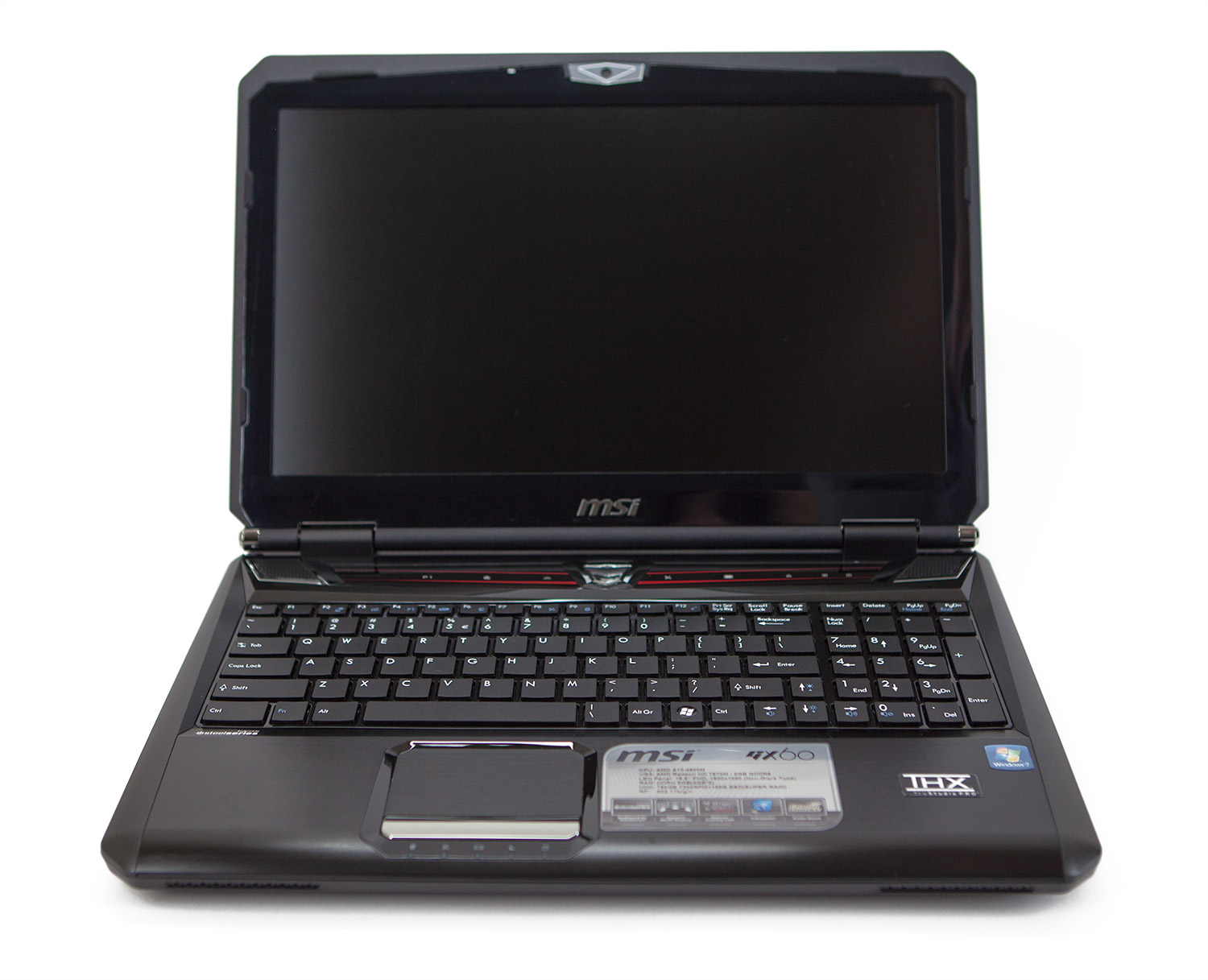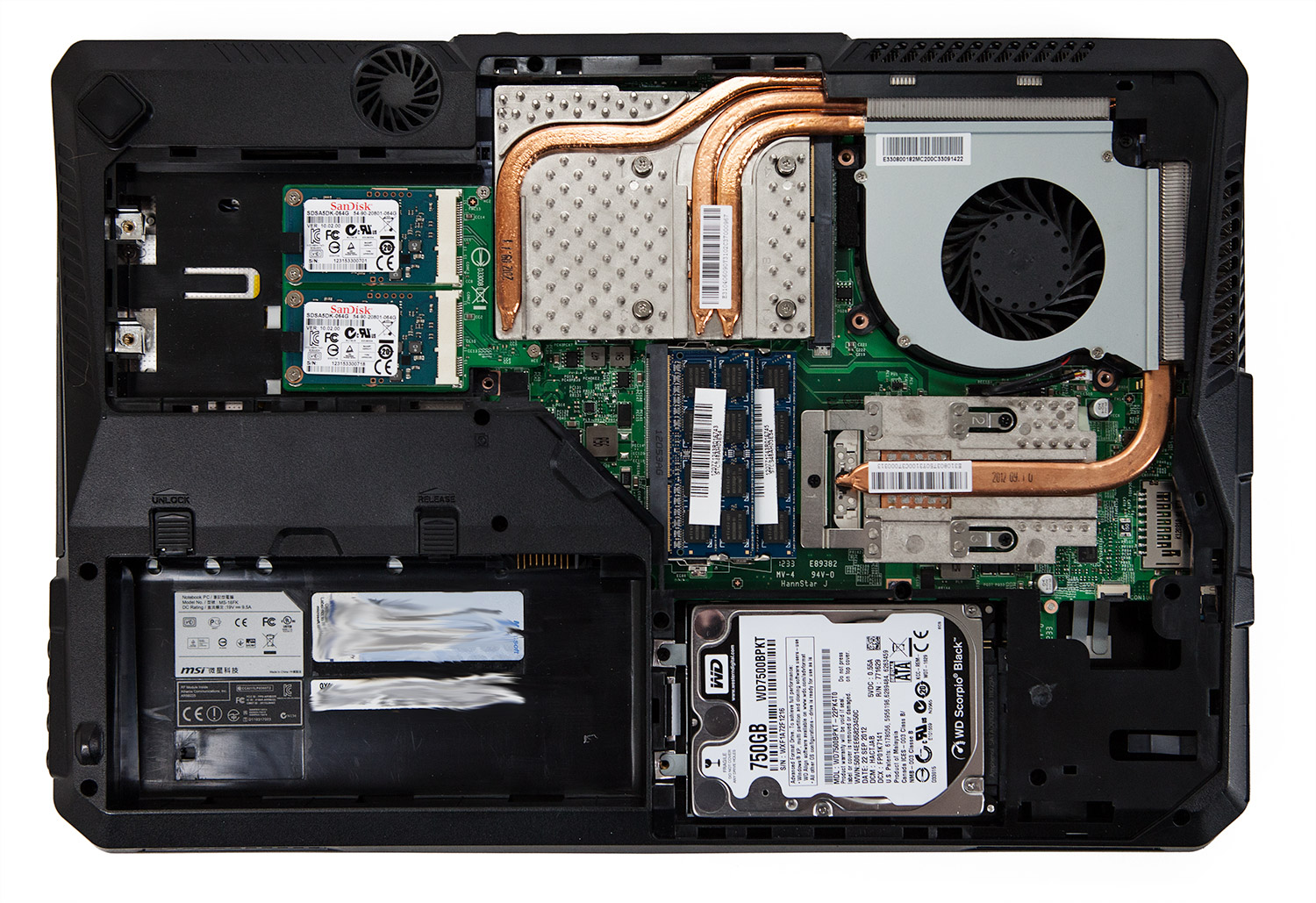MSI GX60 Review: Radeon HD 7970M In A $1,200 Notebook!
MSI's GX60-series notebook is in our lab today. Armed with Radeon HD 7970M graphics, a 15.6" display, and triple-screen output, this is truly a desktop replacement. But can its AMD A10-4600M APU keep pace with gaming platforms armed with Intel CPUs?
MSI GX60: Portable Power On A Budget
MSI's goal in designing and building the GX60 was very straightforward: deliver the highest-end gaming performance for the least amount of money. Obviously, the challenge there is that high-end systems are made with high-end parts, and therefore come with high-end price tags. By swapping out an Intel processor and Nvidia GPU for less expensive parts from AMD, MSI was able to create a more affordable mobile platform.
Cost-cutting aside, the graphics module in the GX60 is still certainly high-end. AMD's Radeon 7970M is one of the fastest mobile GPUs available today. In terms of raw performance, it competes head-to-head with Nvidia’s top-of-the-line GeForce GTX 680M. Mobile GPUs from Nvidia tend to sell for significantly more than AMD's, so going with the Radeon over a GeForce means that MSI saves around $350, yet keeps all of the performance.
The GX60’s APU also comes from AMD. The Trinity-based A10-4600M has two modules (or four cores), runs at 2.3 GHz, and can hit a maximum Turbo Core speed of 3.2 GHz. While the A10-4600M is a "quad-core" chip, its architecture yields performance closer to a dual-core part from Intel. But using the A10-4600M and A70M chipset translates into further cost savings that can be passed on to the customer. It also means that MSI can enable AMD’s Enduro graphics switching to extend battery life when the 7970M isn't needed.
Under the hood, the GX60 is essentially built around the processor and graphics module. In a 15” chassis, a strong thermal solution is required to exhaust the heat generated by a 100 W GPU and 35 W APU running at full tilt. The notebook's internal layout keeps heat wicked off of those two components away from the hard drive, battery, palm rest, and keyboard. Both the APU and GPU heat sinks are massive, and the unit is equipped with an equally-massive fan that moves quite a bit of air when you need it to, yet remains incredibly quiet.
MSI paid attention to the details when it defined the GX60’s specs. The 15.6” WLED screen is anti-reflective and sports full HD 1080p resolution. The keyboard is by SteelSeries, makers of boutique gaming peripherals. The built-in networking solution is the Atheros Killer E2200, which routes packets so that games get network priority. MSI’s Audio Boost provides high-quality sound through its interfaces. The built-in speakers are excellent, and include a small subwoofer. To top it all off, the GX60 even comes with a Blu-ray drive.
MSI didn’t cut corners on peripheral connections either. Three different video output options mean that you can plug the GX60 into most monitors. You also have the option to drive three a trio of displays simultaneously in an Eyefinity array. The GX60 packs three USB 3.0 ports on the left and a single 2.0 port on the right, plus one of the ports can charge other devices even when the machine is powered off. You also get separate gold-plated jacks for headphones/mic/audio-in/audio-out and an SD card reader. The placement of all these connections appears to be well thought-out.
| MSI GX60 System Specs | |
|---|---|
| Processor | AMD A10-4600M quad-core APU @ 2.3 GHz (3.2 GHz max Turbo Core), 35 W TDP |
| Platform | AMD A70M (Hudson-D3/M3) |
| Memory | 8 GB Dual Channel DDR3 @ 1,600 MT/s |
| Graphics | AMD Radeon HD 7970M 2 GB GDDR5 w/AMD Enduro and Eyefinity |
| Solid State Drive | 2 x SanDisk SDSA5DK-064G 64 GB mSATA SSDs in RAID 0 |
| Hard Drive | Western Digital WD7500BPKT-22PK4 750 GB 7,200 RPM Hard Drive |
| Optical Drive | TSSTcorp (Samsung) SN-406AB Blu-ray Disc Combo Drive |
| Card Reader | SD (XC/HC) and MMC |
| Display | LG Philips LP156WF1-TLF3 15.6" FHD 16:9 Glossy LED-backlit LCD, 1920x1080 |
| Wi-Fi | Atheros AR1111 WB-EG AGN 2x2 HMC Wi-Fi/Bluetooth Adapter (802.11 b/g/n + BT v4.0) |
| Ethernet | Atheros Killer e2200 PCI-E Gigabit Ethernet Controller 10/100/1000 Mb/s Ethernet |
| Audio | Integrated Speakers w/Subwoofer, THX TruStudio Pro, and HDMI v1.4 Support |
| Operating System | Microsoft Windows 7 Home Premium (64-bit) |
| Webcam | Integrated Webcam / Microphone |
| Security | Kensington Security Slot |
| Ports | USB 3.0 (x 3), USB 2.0, Headphone, Mic, Audio In, Audio Out, HDMI v1.4, Mini DisplayPort, VGA |
| Battery | Removable 87 Wh |
| AC Adapter | 180 W |
| Weight | 7.7 lbs |
| Dimensions | 15.55" (Width) x 10.51" (Depth) x 2.16" (Height) |
| Warranty | Two Years Limited |
| Price | ~$1,200 |
On paper, it seems like MSI's GX60 offers a ton of gaming power and features for $1,200. But before we find out if this notebook's spec sheet translates to real-world performance, let's take a tour of the GX60, inside and out.
Get Tom's Hardware's best news and in-depth reviews, straight to your inbox.
Current page: MSI GX60: Portable Power On A Budget
Next Page Exterior: Design And Features-
yobobjm I own an MSI (with some weird number classification that I can't remember) but it has proved to be a dedicated and powerful gaming laptop. It also has had really no problems other than the glossy finish getting scratched (which doesn't even exist on this laptop) so I would recommend MSI products :DReply -
flowingbass I also own an MSI, a GX660r with a 5870M and a Core i5 480m. The 5870M desktop equivalent is a HD5770. The GPU is quite struggling to play on high in current games, mid-high or sometimes medium (all low on crysis 3 except resolution and textures) is required to maintain playable frame rates.Reply
I might just upgrade to this and just swap GPU between the two. i5 480m > A10-4600M -
acktionhank Hey Tom's run a few gaming tests again with PScheck forcing the CPU to run at a 2.5-2.7ghz so that it won't throttle itself so much.Reply
I'd like to see exactly what speeds we'd need to get an A10-4600 running at to reduce these severe bottlenecks. -
silverblue Very nice machine. It's a shame that AMD stopped with the A10-4600M and didn't look to produce a higher model as that'd help, however until the HSA initiative really kicks in, the Bulldozer architecture's FPU implementation is always going to be found wanting, and that's without even talking about the sharing issues which Steamroller looks to fix.Reply

